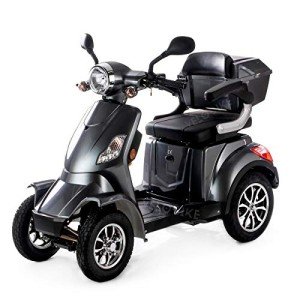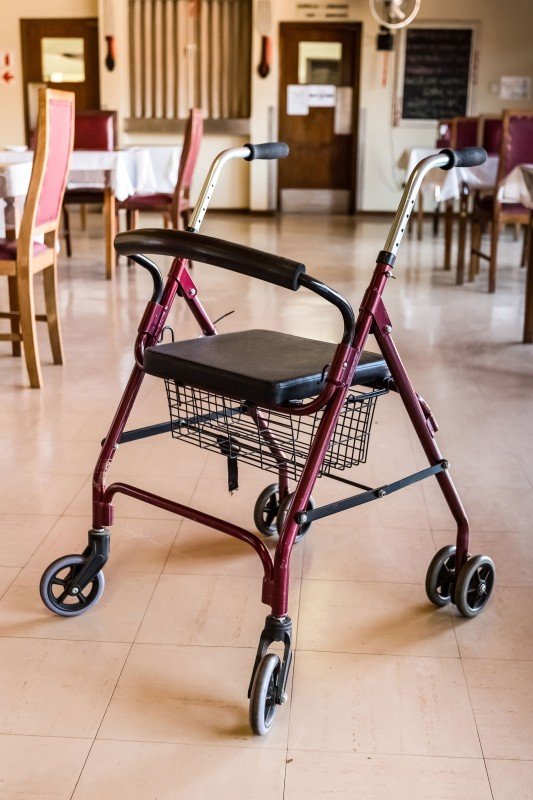mobility_scooters_near_me9292
mobility_scooters_near_me9292
Guide To Mobility Scooters UK: The Intermediate Guide On Mobility Scooters UK
Navigating the World of Mobility Scooters in the UK
Mobility scooters have actually become a vital tool for many in the United Kingdom, offering a practical and dignified solution for individuals with mobility issues. These scooters not only enhance the quality of life for their users but likewise provide a sense of independence and liberty. This extensive guide intends to provide a summary of mobility scooters in the UK, including their advantages, types, purchasing factors to consider, and upkeep pointers.

Intro to Mobility Scooters
A mobility scooter is a battery-powered vehicle designed to assist people with walking troubles or minimal mobility to move around more quickly. Unlike manual wheelchairs, which need significant physical effort, mobility scooters are easy to operate and can be utilized both indoors and outdoors. They are particularly useful for older adults and individuals with disabilities, allowing them to take a trip longer ranges and browse numerous terrains with ease.
Benefits of Mobility Scooters
-
Self-reliance and Freedom
- Mobility scooters empower users to take a trip separately, reducing the need for assistance from others.
- They can be used for everyday activities such as shopping, visiting buddies, or participating in social events.
-
Cost-efficient
- While there are preliminary costs, mobility scooters can be an affordable alternative to other mobility scooters uk aids, particularly gradually.
- Lots of models are offered for rent or lease, offering versatility for users with varying needs.
-
Comfort and Safety
- Scooters are developed with ergonomic seats and adjustable functions to guarantee convenience throughout long durations of use.
- Safety features such as lights, horns, and braking systems enhance user self-confidence and security.
-
Social Inclusion
- By allowing individuals to get involved in community activities, mobility scooters promote social addition and lower feelings of isolation.
-
Health Benefits
- Routine usage of a mobility scooter can assist preserve physical health by encouraging users to stay active and engaged.
Kinds Of Mobility Scooters
Mobility scooters in the UK be available in numerous types, each created to deal with different requirements and preferences:
-
Class 2 Scooters (Pavement Scooters)
- Speed: Up to 4 miles per hour
- Use: Designed for use on pavements and within indoor areas
- Benefits: Compact and light-weight, perfect for short distances and everyday errands
-
Class 3 Scooters (Road and Pavement Scooters)
- Speed: Up to 8 mph on roads and 4 miles per hour on pavements
- Use: Suitable for longer journeys and can be used on both roadways and pavements
- Advantages: More robust and efficient in managing numerous surfaces, consisting of rough surface areas and inclines
-
Off-Road Scooters
- Speed: Varies, but normally higher than Class 2 and Class 3 scooters
- Usage: Designed for off-road usage, consisting of parks, tracks, and irregular surface areas
- Advantages: Enhanced toughness and traction, perfect for daring users
-
Travel Mobility Scooters
- Speed: Varies, however normally up to 4 mph
- Use: Portable and easy to disassemble for transportation
- Benefits: Perfect for users who take a trip frequently and need a portable option
Buying Considerations
When buying a mobility scooter, several factors need to be considered to ensure the best fit for the user’s requirements:
-
User’s Physical Condition
- Weight Capacity: Ensure the scooter can support the user’s weight.
- Height and Reach: Choose a model that is adjustable to fit the user’s height and reach conveniently.
-
Intended Use
- Indoor/Outdoor: Determine if the scooter will be used mainly inside your home, outdoors, or both.
- Surface: Consider the type of terrain the user will browse, including any hills or rough surfaces.
-
Battery Life and Range
- Battery Type: Lithium-ion batteries are usually more efficient and longer-lasting than lead-acid batteries.
- Range: Check the scooter’s variety to ensure it fulfills the user’s everyday travel requirements.
-
Safety Features
- Brakes: Look for scooters with trusted braking systems.
- Lights and Horns: Essential for exposure and informing others.
-
Service Warranty and Customer Support
- Service warranty: Ensure the scooter features a comprehensive warranty.
- Consumer Support: Choose a reliable manufacturer with good customer care and support.
Upkeep and Safety Tips
Proper upkeep is vital to guarantee the durability and security of a mobility scooter:
-
Regular Battery Checks
- Charging: Always keep the battery credited prevent deep discharge.
- Cleaning: Keep the battery compartment tidy and complimentary from dirt and moisture.
-
Tire Maintenance
- Inflation: Regularly check and keep proper tire pressure.
- Examination: Inspect tires for wear and damage, replacing them as needed.
-
Tidy and Lubricate
- Cleaning: Wipe down the scooter frequently to keep it free from dirt and grime.
- Lubrication: Lubricate moving parts to prevent rust and ensure smooth operation.
-
Security Checks
- Brakes: Test the brakes routinely to guarantee they are working correctly.
- Lights and Horns: Check that all security functions are functional.
-
Follow Manufacturer Guidelines
- Manual: Refer to the user handbook for specific upkeep instructions.
- Service: Schedule regular service contact a certified service technician.
Frequently Asked Questions (FAQs)
-
Can anyone use a mobility scooter?
- No, only individuals with a medical requirement or disability are eligible to use a mobility scooter on public roads and pavements in the UK. However, they can be utilized by anybody on personal property.
-
Do I need a license to drive a mobility scooter?
- No, a license is not required to utilize a Class 2 or Class 3 mobility scooter. However, users should be over 14 years of ages and have a real requirement for the scooter due to a disability or medical condition.
-
How quickly can a mobility scooter go?
- Class 2 scooters have a maximum speed of 4 mph, while Class 3 scooters can reach up to 8 miles per hour on roads and 4 mph on pavements.
-
Can I take a mobility scooter on public transportation?
- Some public transportation, such as trains and buses, may enable mobility scooters, but it depends on the particular service and the size of the scooter. It’s best to inspect with the transportation service provider ahead of time.
-
What is the lifespan of a mobility scooter?
- With proper upkeep, a mobility scooter can last numerous years, typically in between 5 and 10 years.
-
Can I get monetary help to buy a mobility scooter?

- Yes, financial assistance may be available through the Disabled Facilities Grant (DFG), local authorities, or charitable organizations. In addition, some insurance companies may cover part of the expense.
Mobility scooters are an important aid for people with mobility problems in the UK, providing a series of take advantage of increased self-reliance to improved social involvement. By thinking about the user’s requirements, the intended usage, and the scooter’s functions, one can pick the ideal model to boost their lifestyle. Routine upkeep and adherence to safety guidelines are vital to make sure the scooter stays a reputable and safe mode of transport. For those who certify, financial support may be available to make the purchase more cost effective. Whether for day-to-day usage or occasional outings, a mobility scooter can significantly enhance the user’s ability to browse the world with confidence and ease.
Extra Resources
- Mobility Aids UK: A thorough directory of mobility aids and scooters.
- NHS Choices: Information on mobility aids and financial assistance.
- Disability Living Allowance (DLA): Guidance on looking for financial backing for disability-related costs.
By exploring these resources and thinking about the points described in this guide, people can make an educated decision about buying and using a mobility scooter in the UK.



